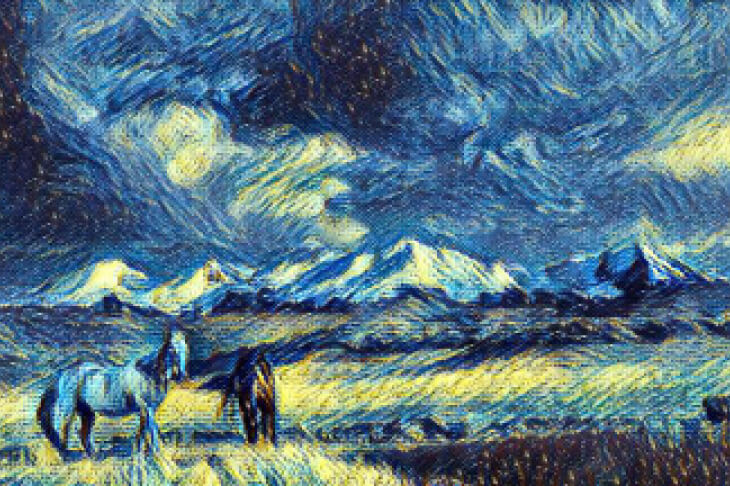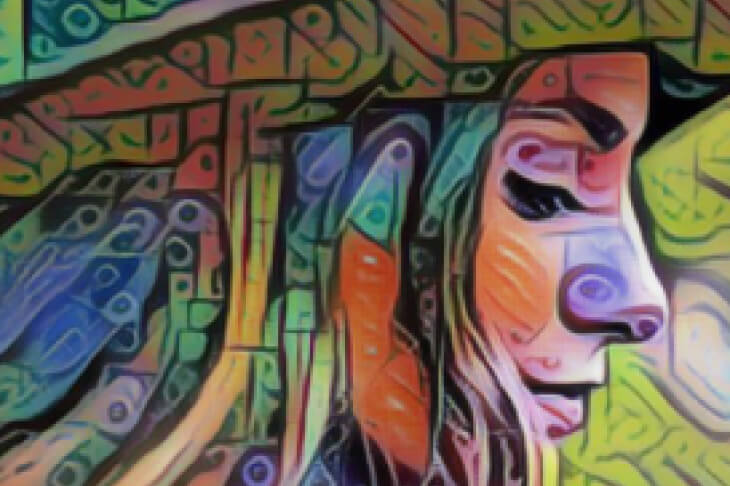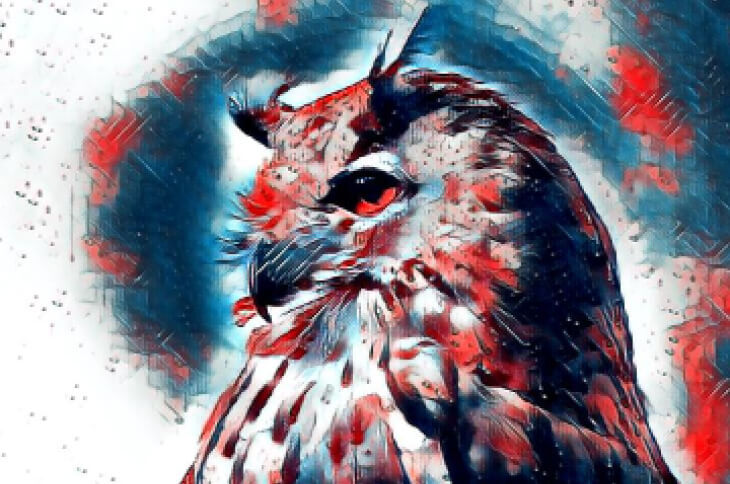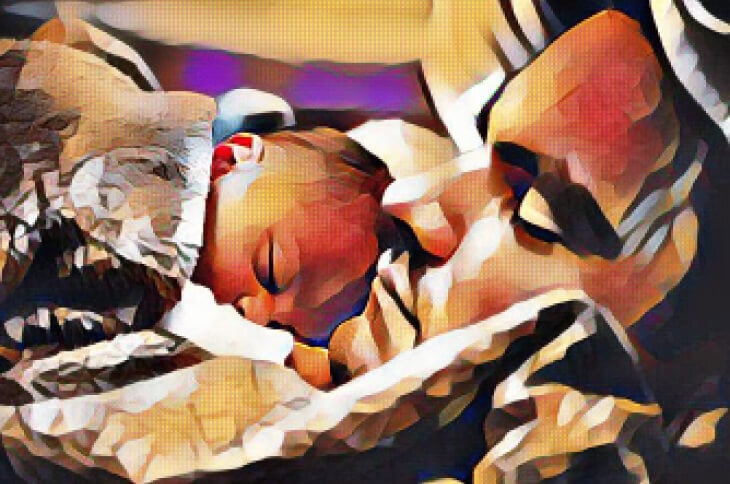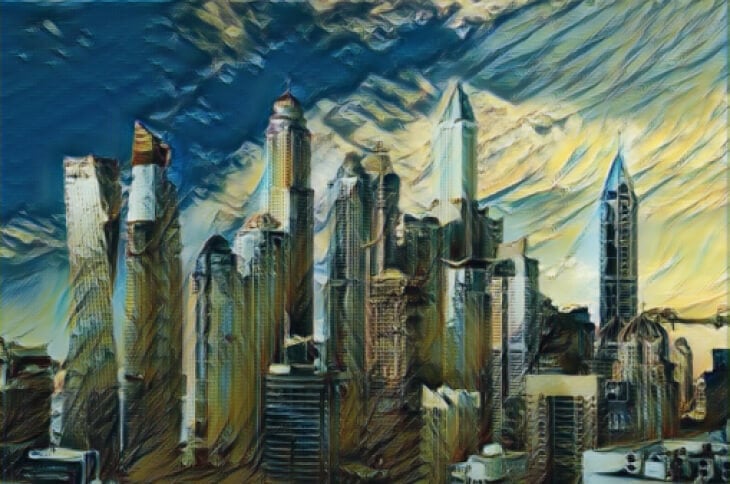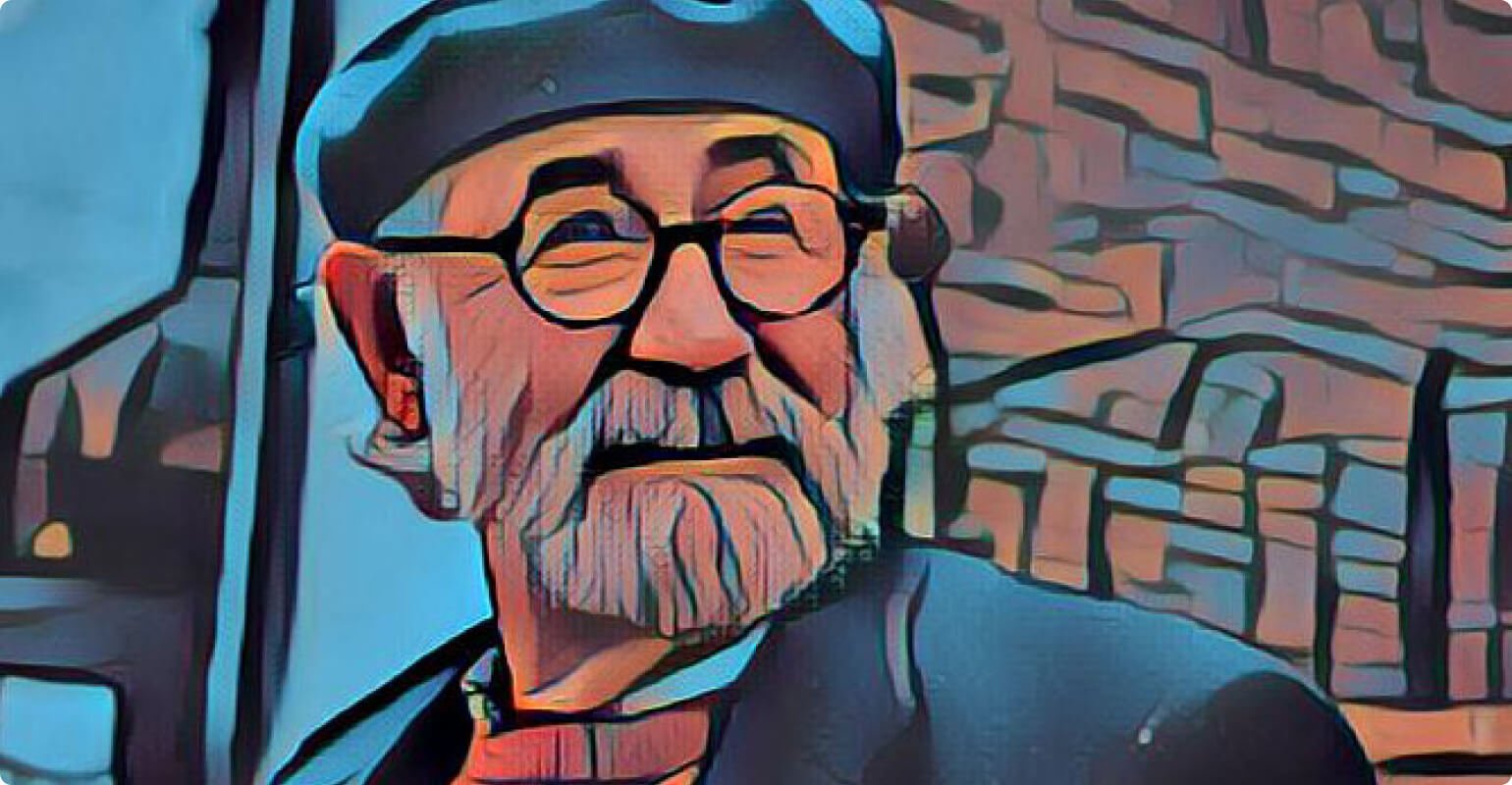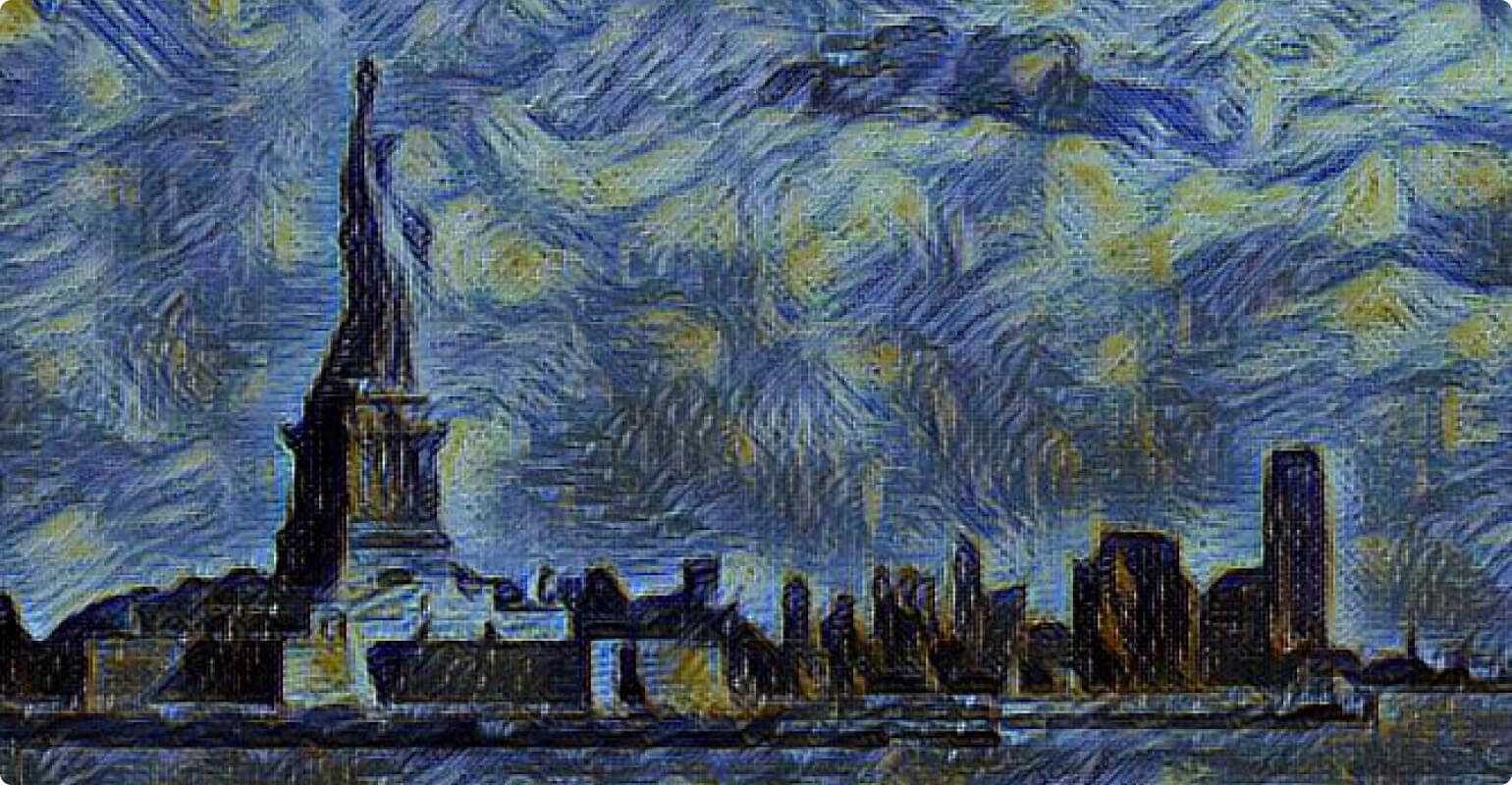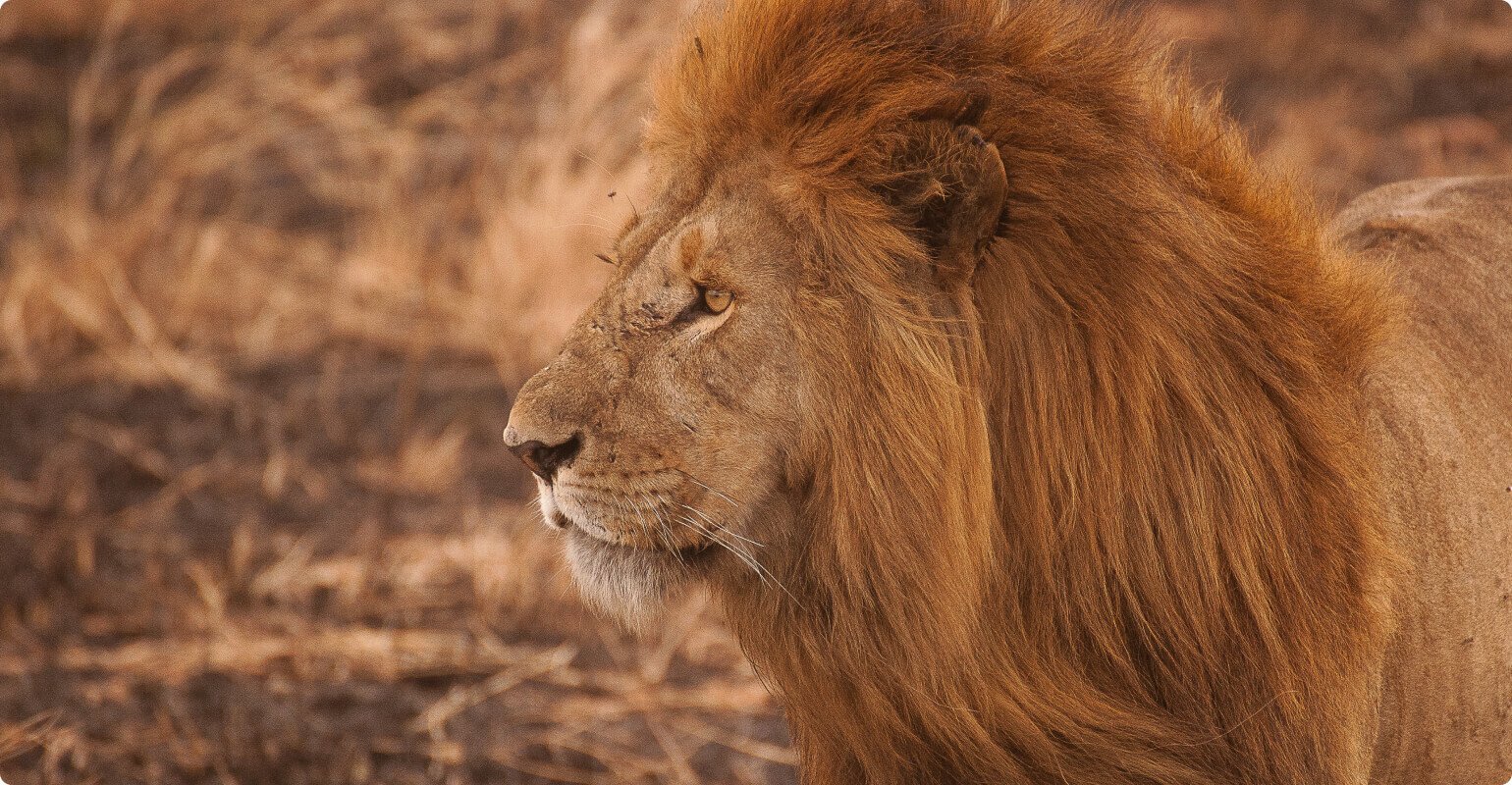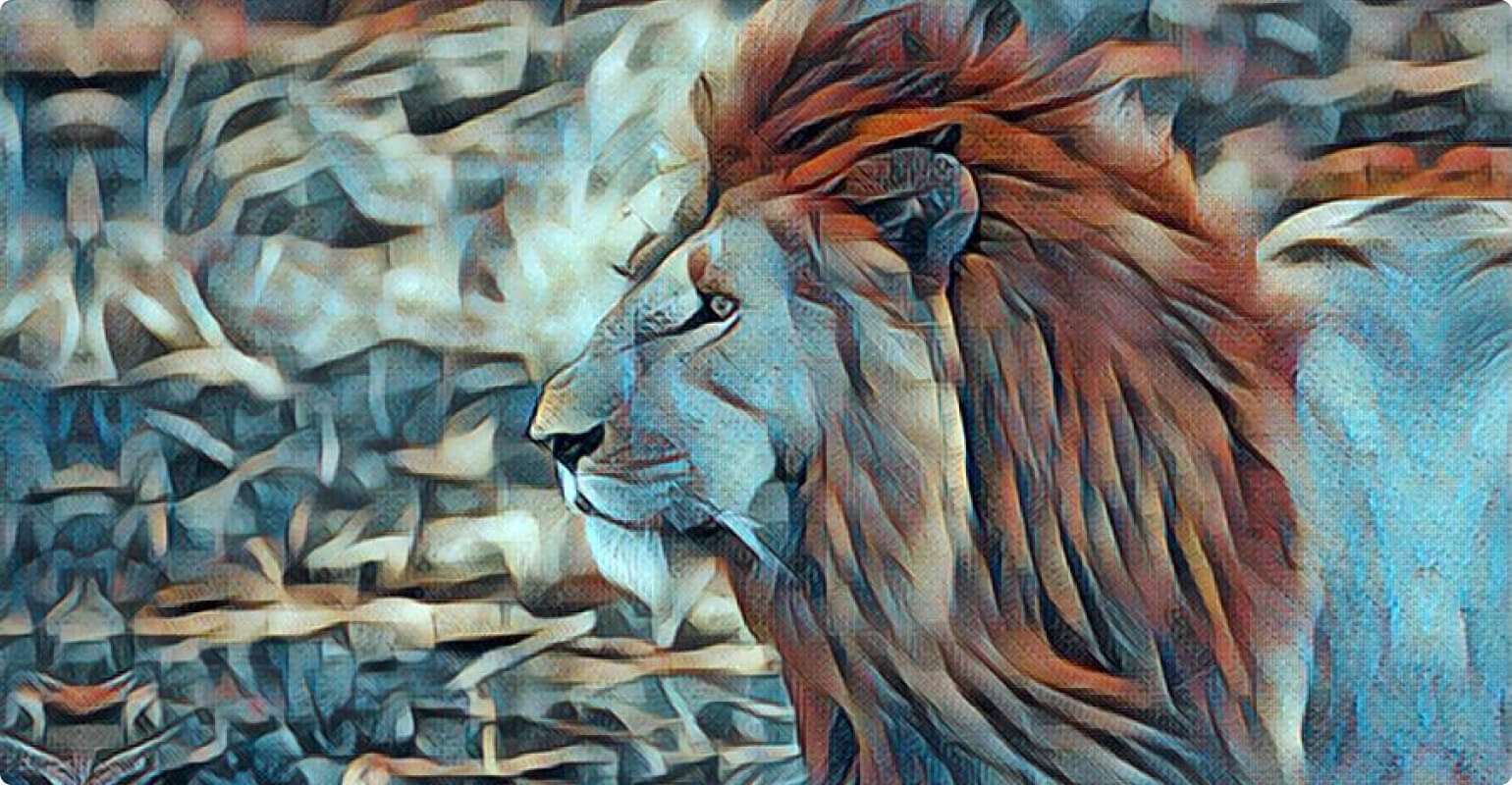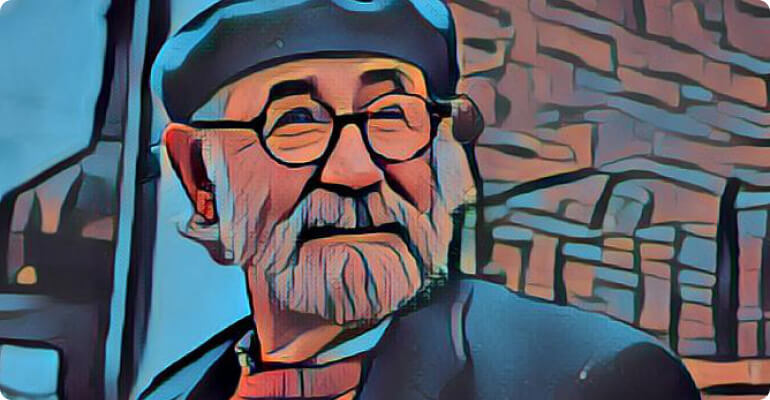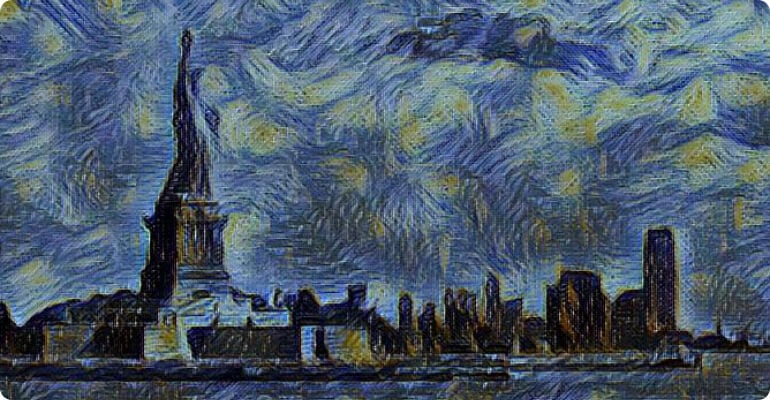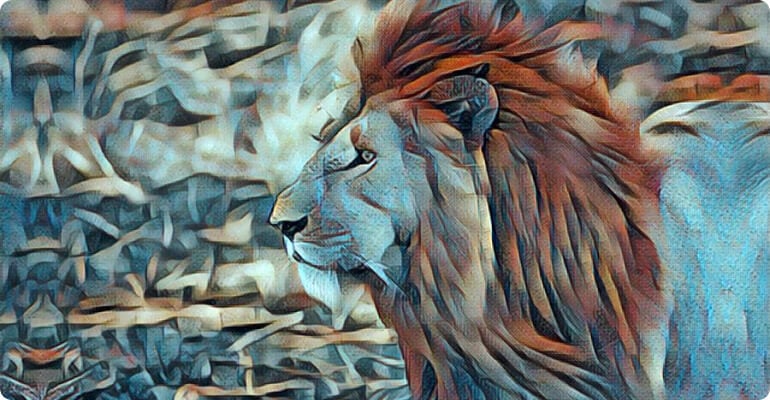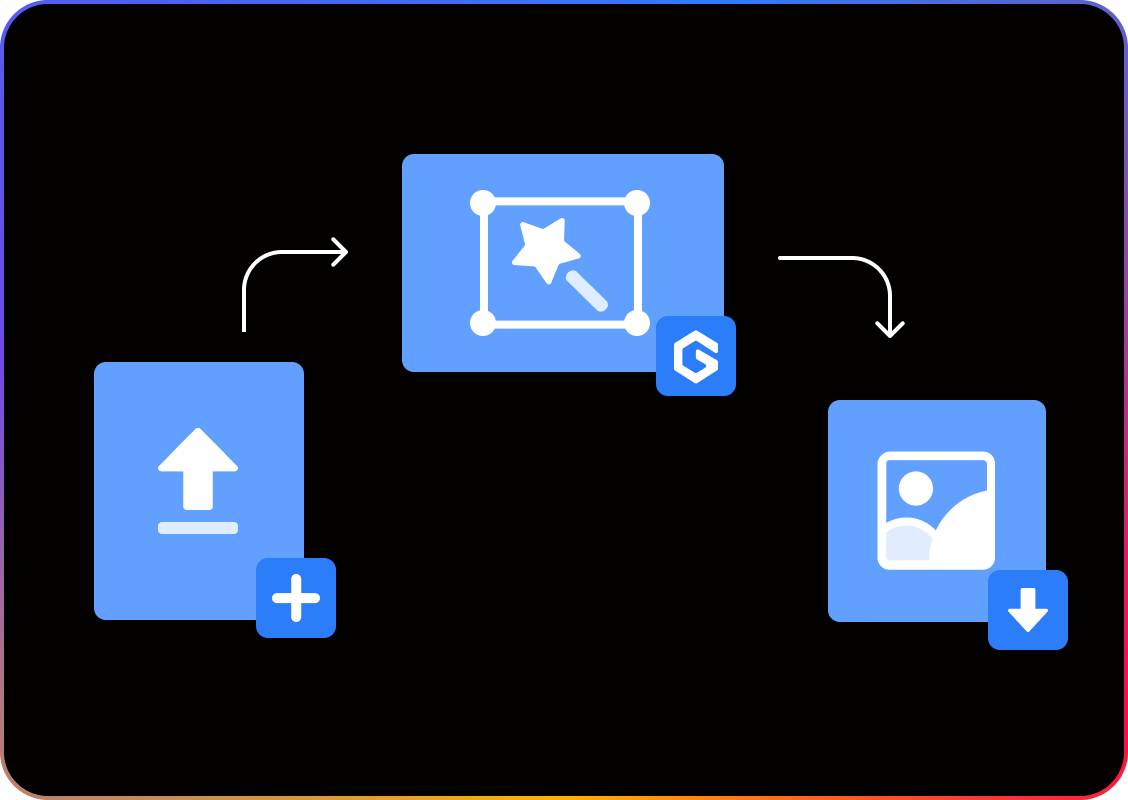NFT Creator - Turn Your Art Into Extraordinary NFTs
Easily create amazing NFT artworks in minutes with the Fotor-NFT Creator. Empower your unique digital arts with photos with crypto and become a crypto artist.
Fotor NFT Art Creator Key Features
Create NFT Art quickly and easily, and unleash your creativity with the help of Fotor's NFT creator. Take a special model algorithm and machine learning technique, and embody it with famous oil painting styles that you prefer. Upload your image, mix in your favorite art effect style, and our AI NFT maker will automatically create NFT artwork for you. You will be amazed by the results soon after.
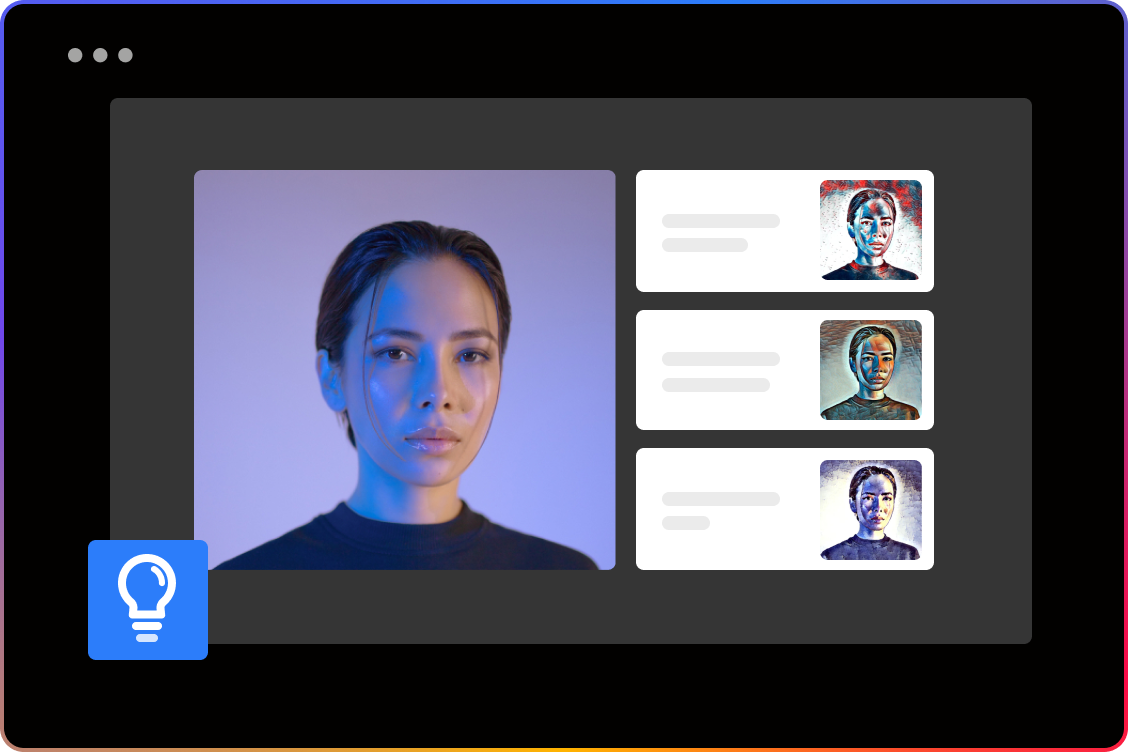
Easily Bring Your Creations to Life
There’s no coding required at all. Create your own layers, import your own assets, click "Create," and marvel at what you’ve created!

Export Your NFT Images Quickly
Apply the artistic effect, get your NFT art in seconds, and download it. No account creation needed.
NFT Artworks Display
Browse more NFT Artworks Created by Fotor's NFT Generator

